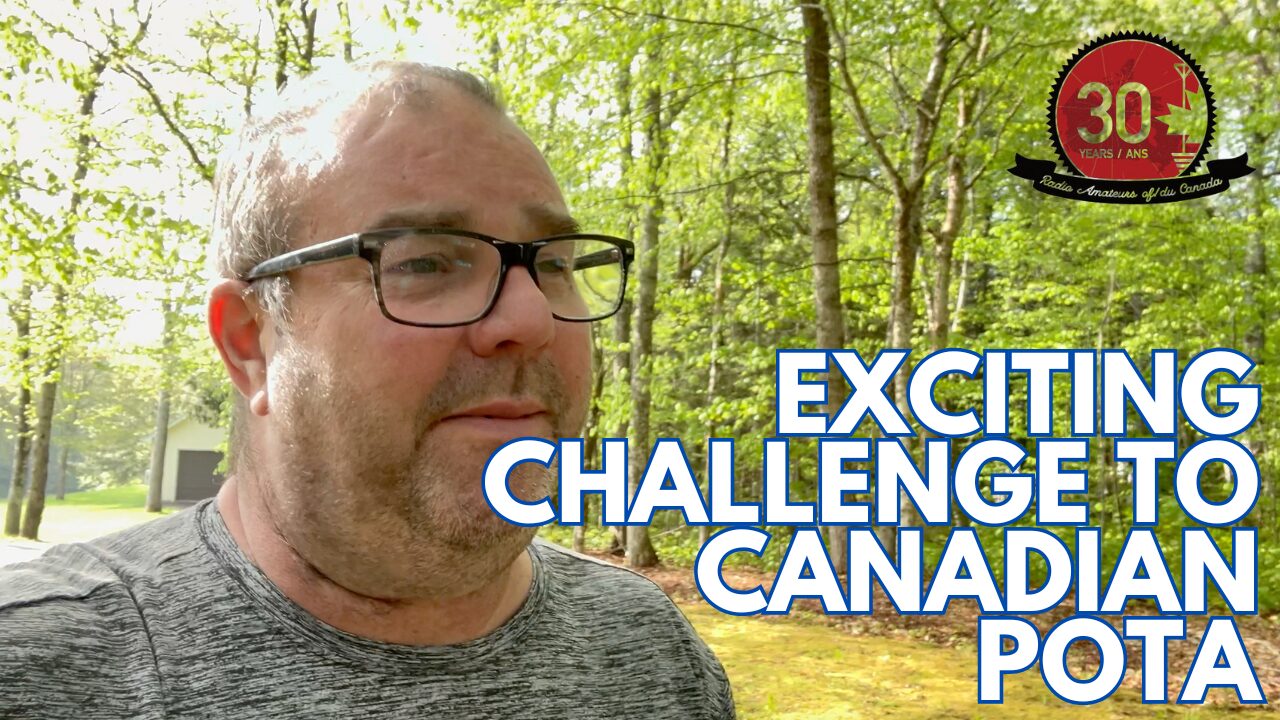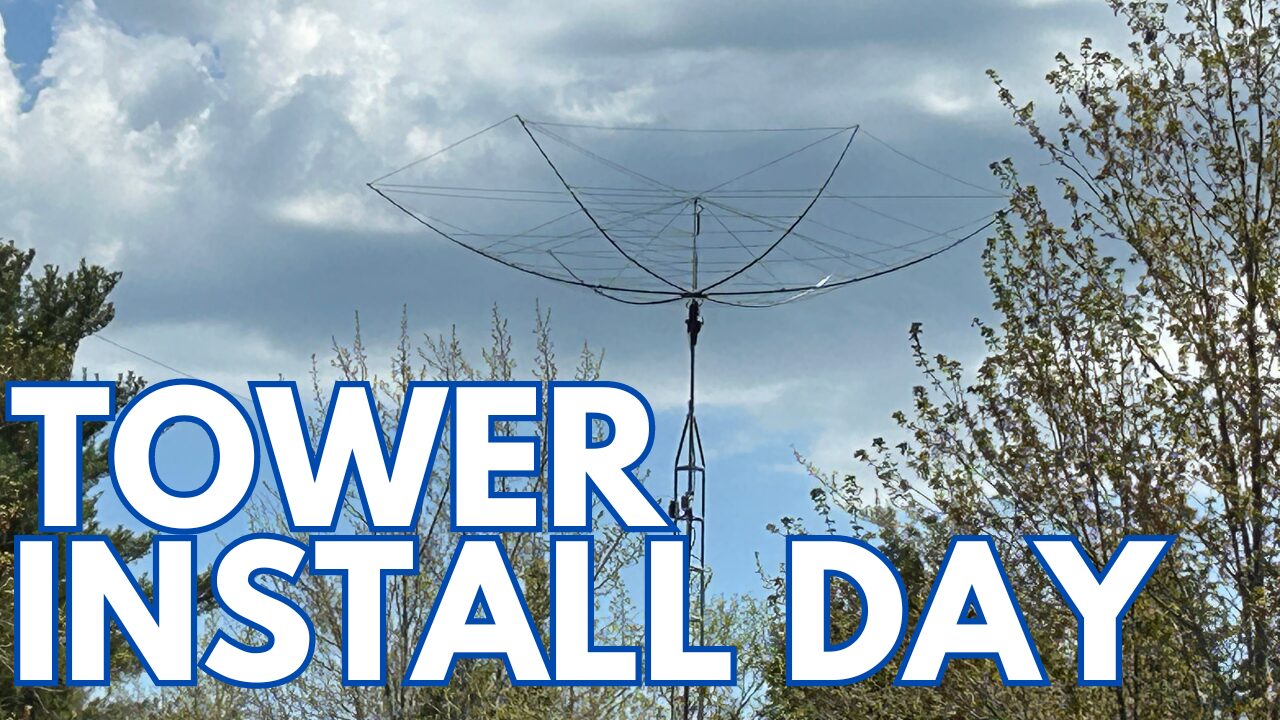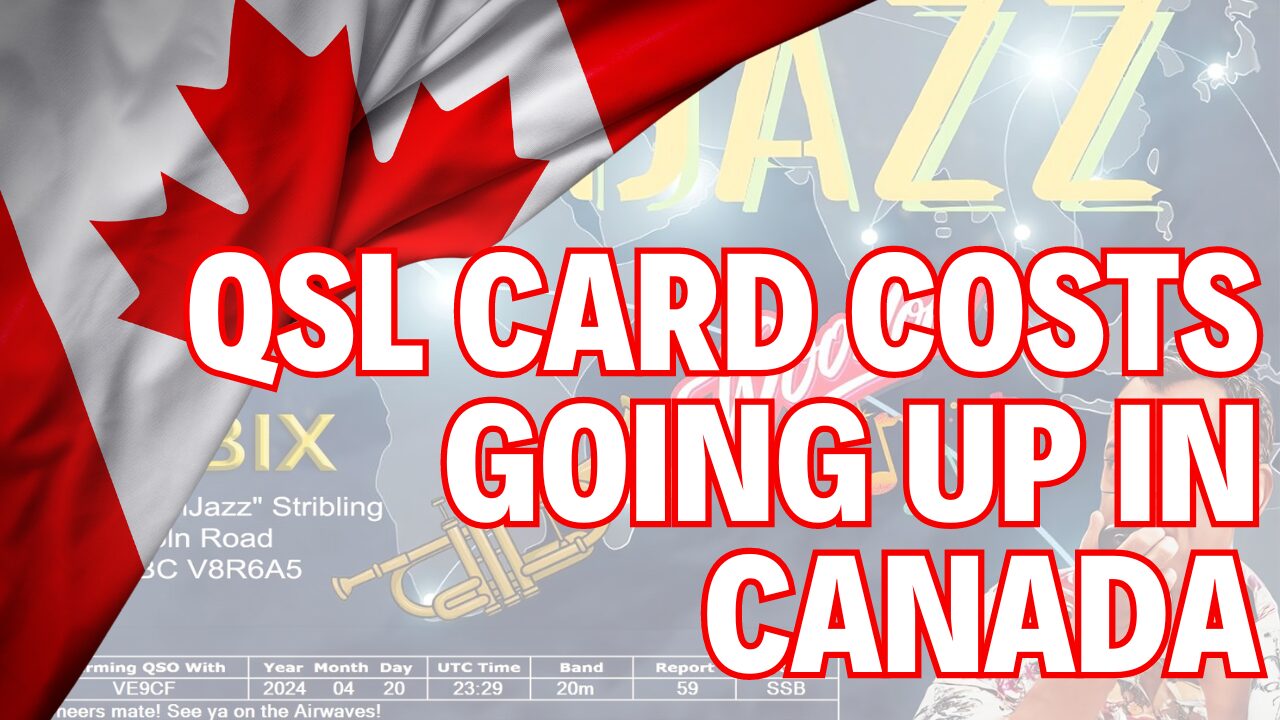Valid POTA Contact When Activating A Park
Welcome to our latest discussion, where we explore the essentials of making connections while activating Parks on the Air (POTA) locations. Have you ever wondered what counts as a "contact" in these activations? It's straightforward: any contact you make from within the confines of a park is valid. This includes responding to general calls, managing Park-to-Park contacts, or contacting other stations. And remember, the individual on the other end doesn't need to be affiliated with POTA for your contact to be recognized.
Many communication modes are available when engaging with others during a POTA activation, ranging from HF to VHF and UHF, including various digital and traditional forms such as CW and single sideband. Whatever your preference, each valid contact you secure and log contributes to your activation success. After accumulating at least ten contacts, your park activation is officially recognized—a milestone to aim for with each visit.
Key Takeaways
- Valid contacts include any secured within park boundaries and on nearly all modes.
- Contacts do not require the other party to be a POTA member.
- Log and upload a minimum of 10 contacts to achieve park activation.
Defining a Valid Park Activation Contact
Any exchange you establish is considered a valid contact when you're within the confines of a park. Whether you initiate a call with a general "CQ," engage with other park operators, or if those opportunities are exhausted, establish connections with any available stations, these all qualify.
Consider these points:
- Contact Inside the Park: Any exchange within the park's boundaries is legitimate.
- Various Connections: You might contact friends on designated nets or respond to general calls during contests.
- Logging Your Contacts: Remember to record each interaction and report it accordingly, regardless of the other operator's membership status in the parks program.
- Modes of Communication: Contacts can be made across various modes—HF single sideband, HF FT4/FT8, CW, VHF/UHF, SSTV, and RTTY, to name a few—except repeaters.
- Activation Criterion: Once you log at least ten contacts, you successfully activate the park.
It's important to log your interactions and submit them correctly. You can make contacts through calling stations or responding to calls, so there's no need to limit yourself to just one approach. Enjoy your activations, and don't hesitate to share any additional tips you might have.
Getting Your POTA Contacts Recognized
When you're at a Parks on the Air (POTA) location and wish to confirm your contacts, every exchange you establish within the park's boundaries is indispensable. This includes initiating calls such as "CQ POTA," engaging in 'Park-to-Park' contacts, and even reaching out to stations beyond POTA participants. Let's make this simple:
- Calling "CQ": Making general calls to any station can yield fruitful contacts.
- Connecting with Nets: You might be part of various networks like Big Guns Friendship Net or Maritime Net, which you can access to establish contacts.
- DX Contacts: If your preference leans towards long-distance contacts, call "CQDX," these exchanges could prove quite rewarding.
- All Modes Count: Communications over different modes, such as HF SSB, FT4, FT8, CW, VHF, UHF, Slow Scan TV, RTTY, etc., are all valid. The caveat here is that repeater contacts do not count.
- Uploading Logs: Once you've established your contacts, upload your logs to the POTA website to confirm your activation.
As long as you secure a minimum of ten contacts, your POTA activation can be successful. Don't limit yourself; explore different channels and modes, and remember that all verified contacts contribute to your activation goal.
Types of Interactions for Park Activation
When activating a park for Parks on the Air (POTA), it's important to acknowledge the variety of communications that qualify for your activation tally. Each interaction, as long as it takes place within the boundaries of the designated park, is valid. Whether you initiate a call with "CQ" or engage in Park-to-Park exchanges, those are valid entries for your log.
Valid Communications Include:
- Direct Calling (CQ): Initiating contact with other stations.
- Park-to-Park: Connecting with operators activating other parks.
- Scheduled Nets: For example, joining established nets like the Maritime 80-meter or Southern Cross DX net.
- Contests: Responding to "CQ contest" calls also counts towards your activation.
- Various Modes: Utilizing modes such as single sideband (SSB), FT4, FT8, Morse Code (CW), and VHF and UHF frequencies.
- Digital and Other Modes: Slow Scan TV, RTTY, and similar modes.
Notably, contacts via repeaters are excluded, but all others are valid. Remember, those you communicate with are not required to be POTA members for the interaction to count toward your activation.
Recording Your Contacts:
- Log each contact.
- Submit the log to the POTA system.
Once you've achieved at least ten contacts, you've officially activated the park. Feel free to explore the various ways to establish these connections, from seeking direct contact with distant stations (DX contacts) to engaging in nets and contests. You have multiple avenues available to fulfill the activation requirements. Explore previous videos for more information if you want examples or further guidance.
Recording and Sharing Contact Interactions
When activating a park through the "Parks on the Air" (POTA) program, every communication exchange you establish counts. Calling CQ, engaging in park-to-park exchanges, or even conversing with non-POTA members all contribute to your activation efforts. Your location inside the park's boundaries ensures your contacts are valid.
Whether you're reaching out on the HF bands using modes such as single sideband or FT8 or exploring VHF/UHF frequencies, all are valid for your logs. Excluded from this list are contacts made via repeaters. Here's an overview of acceptable communication forms:
- HF Bands: Using modes like single sideband, FT8, and CW.
- VHF/UHF: Any contacts made within these frequency ranges.
- Alternative Modes: Slow-scan TV (SSTV), RTTY, amongst others.
The goal is to log at least ten contacts to activate the park successfully. Once achieved, promptly upload your log entries to the POTA website to record your activation. Remember, various ways exist to initiate and complete these contacts, so you aren't restricted to just one approach. Call "CQ DX" if you prefer, rather than the standard "CQ," to make those long-distance connections.
You may check out past videos I've shared for additional insights on making contacts and sharing your experiences. Your interactions and successes can help enrich our collective understanding. Your comments are always welcome if you have thoughts on the topic or want to share your experiences. And don't forget, supporting the channel through likes, follows, and subscriptions is greatly appreciated. Until next time, 73!
Types of Contacts Not Included in Activation
When activating a park for Parks on the Air (POTA), it's essential to understand which contacts are eligible. Your attempts to establish contact should respect certain guidelines to ensure your activation is officially recognized.
- Specific Modes that Don't Qualify: While most contacts are valid, your activation does not include communication through repeaters. So, avoid counting any contacts made via repeater relays.
- Required Physical Presence: For contacts to be considered valid, you must be physically present within the park boundaries. This ensures that all communications genuinely represent the park's activation.
- Successful Contact Criteria: Any successful direct contact you make counts, as long as it's within the park and not through a repeater. Whether you've reached out to a net you're a member of or responded to a general call in a different park, all that matters is that the contact occurs within the activation zone.
Remember, while you're activating the park, you have a plethora of ways to establish contacts across various modes—be it High Frequency (HF), Very High Frequency (VHF), or Ultra High Frequency (UHF), including but not limited to CW, digital modes like FT4 or FT8, and even Slow Scan Television (SSTV).
Your contacts need not be with other POTA members; they can be with any station. Once you've made at least ten contacts, log in and upload them to the POTA site to validate your activation.
Remember to have fun with it, and don't hesitate to experiment with different ways of making contact. Keep your radio experiences enjoyable and diverse. Good luck with your park activations, and let your adventures be productive and filled with pleasant contacts.



